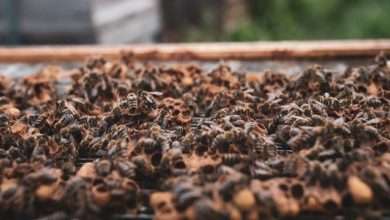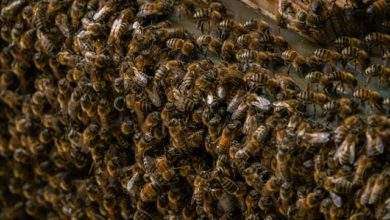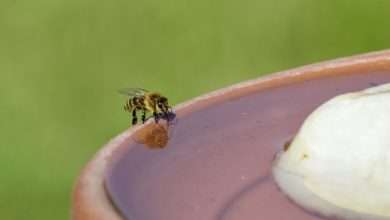The Benefits of Integrated Pest Management for Beekeepers: A Guide to Sustainable Pest Control
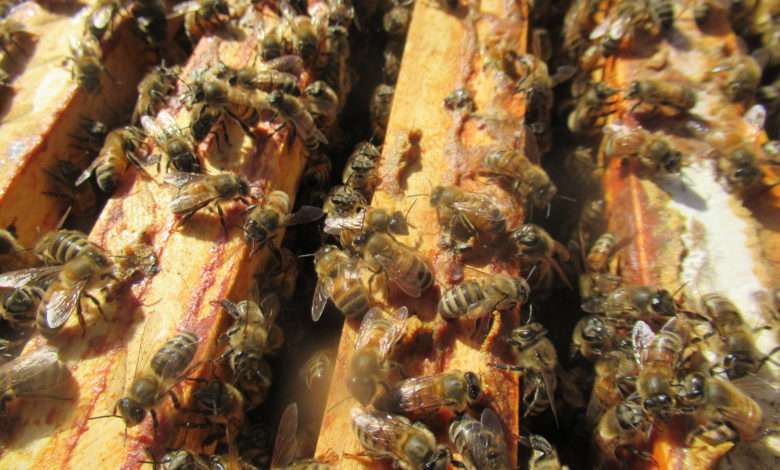
Beekeeping is a rewarding and important practice, providing us with honey and supporting the pollination of crops. However, beekeepers face significant challenges in managing pests and diseases that can threaten their hives.
Integrated Pest Management (IPM) offers a sustainable approach to pest control that can benefit beekeepers in numerous ways.
In this article, we will explore the benefits of IPM for beekeepers, provide an understanding of IPM strategies, and discuss sustainable pest control practices to support healthy and thriving bee colonies.
Understanding IPM for Beekeepers
Integrated Pest Management (IPM) is a holistic approach to managing pests and diseases in an environmentally responsible way. It involves using a combination of biological, cultural, physical, and chemical methods to control pests while minimizing the impact on beneficial insects and the environment.
Key principles of IPM include:
- Monitoring pest levels regularly to identify problems early
- Using a combination of control methods to reduce pest populations
- Implementing preventative measures to reduce the likelihood of pest infestations
- Minimizing the use of chemical pesticides and using them as a last resort
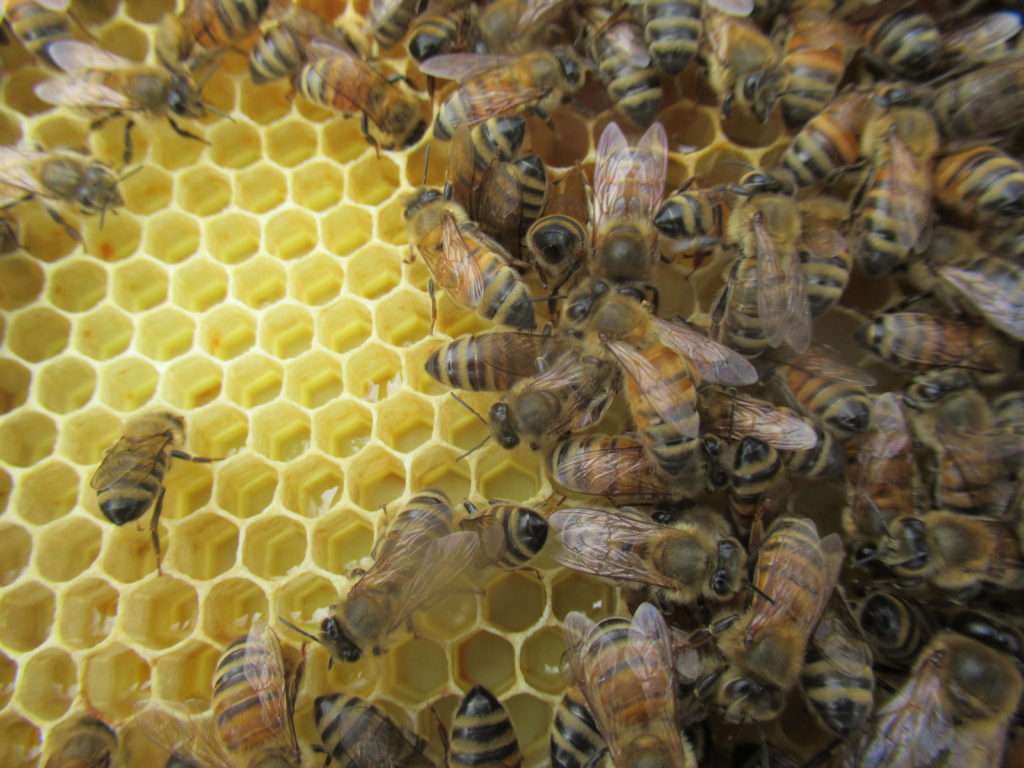
Benefits of IPM for beekeepers:
- Helps reduce the reliance on chemical pesticides that can harm bees and other pollinators.
- By using a combination of methods such as biological control, habitat modification, and monitoring pest populations, beekeepers can effectively manage pests without putting their bees at risk.
- IPM also helps promote biodiversity in beekeeping operations, as it encourages the use of diverse plant species that support healthy pollinator populations.
- Can help prevent the development of pesticide resistance in pest populations, ensuring that chemical treatments remain effective in the long term.
- May reduce the environmental impact of pest management practices, as it focuses on target-specific control measures that minimize the use of broad-spectrum chemicals.
Common Pests and Diseases Affecting Honeybees
- Varroa Mites: Varroa mites are one of the most significant threats to honeybee colonies worldwide. These tiny parasites feed on the bodily fluids of adult bees and their larvae, weakening them and spreading harmful viruses. If left untreated, varroa mites can quickly decimate a hive.
- Nosema: Nosema is a fungal disease that affects honeybees’ digestive systems. Infected bees may exhibit symptoms such as diarrhea and a reduced lifespan. Nosema can also lead to decreased colony productivity and overall decline in hive health.
- American Foulbrood: American foulbrood is a bacterial disease that primarily affects honeybee larvae. Infected larvae will exhibit a characteristic foul odor and may appear discolored and sunken. Without proper management, American foulbrood can spread rapidly throughout a hive, leading to its eventual collapse.
- Small Hive Beetles: Small hive beetles are another pest that can wreak havoc on honeybee colonies. These beetles lay their eggs in hive materials, causing damage to frames and combs as their larvae feed. Infestations of small hive beetles can lead to weakened colonies and decreased honey production.
- Chalkbrood: Chalkbrood is a fungal disease that primarily affects honeybee larvae. Infected larvae will appear chalky white and may eventually mummify. Severe cases of chalkbrood can stunt colony growth and lead to a decline in overall hive health.
The role of beneficial insects in IPM:
Beneficial insects, such as predatory mites and parasitic wasps, can help control pest populations in bee hives. Encouraging the presence of beneficial insects through habitat management and avoiding broad-spectrum pesticides can help support natural pest control mechanisms
Implementing IPM Strategies
- Cultural control methods: Beekeepers can implement cultural control methods such as rotating crops, selecting pest-resistant plants, and maintaining proper hive hygiene to prevent pest infestations in bee colonies.
- Mechanical control methods: Mechanical control methods, such as using traps and screening to physically exclude pests from hives, can be effective in managing pest populations without the use of harmful chemicals.
- Thermal treatment methods: Thermal treatment involves using heat to control pests such as the varroa mite, a common parasite that can weaken and kill bee colonies. By raising the temperature inside the beehive to a level that is lethal to mites but safe for bees, beekeepers can effectively reduce mite populations without harmful chemicals.
- Biological control methods: Introducing natural predators or parasites that feed on pest species can help beekeepers control pest populations in a sustainable and eco-friendly manner.
- Chemical control methods: While chemical control methods should be used as a last resort, beekeepers can choose to use organic, bee-friendly pesticides to manage pest populations when other methods have failed.
- Monitoring and decision-making in IPM: Regular monitoring of bee colonies and pest populations is essential for effective pest management. By keeping track of pest levels and colony health, beekeepers can make informed decisions about when to provide treatment.
Sustainable Pest Control Practices for Beekeepers
As beekeepers, it is crucial to prioritize the health and well-being of our bee colonies. One of the key aspects of ensuring their survival is implementing sustainable pest control practices. By reducing reliance on chemical pesticides and utilizing organic and natural methods, we can create healthier environments for our bees to thrive.
Importance of reducing reliance on chemical pesticides
- Chemical pesticides can have harmful effects on bee colonies, leading to decreased populations and weakened immune systems.
- By minimizing the use of these chemicals, we can protect the natural balance of our ecosystems and safeguard the health of our bees.
Using organic and natural pest control methods
- Organic pest control methods, such as using essential oils or plant-based solutions, can effectively manage pests without harming bees or the environment.
- Natural predators and beneficial insects can also be introduced to control pest populations in a more sustainable way.
Integrating IPM with beekeeping practices
- Integrated Pest Management (IPM) is a holistic approach to pest control that focuses on prevention and monitoring to minimize the need for chemical treatments.
- By incorporating IPM strategies into our beekeeping practices, we can proactively address pest issues before they become a threat to our colonies.
Long-term benefits of sustainability in pest control
- Sustainable pest control practices not only benefit bee health, but also contribute to the overall health of the environment.
- By promoting biodiversity and reducing chemical exposure, we can create a more resilient ecosystem that supports healthy bee populations.
Building resilience in bee colonies through sustainable pest control
- Sustainable pest control practices help to build resilience in bee colonies, making them better equipped to withstand environmental stressors and disease outbreaks.
- By fostering a balanced and sustainable ecosystem, we can ensure the long-term viability of our beekeeping operations.
Conclusion
Integrated Pest Management offers beekeepers a sustainable approach to pest control that prioritizes the well-being of their bees and the environment. By understanding and implementing IPM strategies, beekeepers can effectively manage pest pressures while minimizing harm to their colonies.
Embracing sustainable pest control practices not only benefits individual beekeepers but also supports the long-term health and resilience of bee populations. As we navigate the challenges of managing pests in beekeeping, adopting IPM and prioritizing sustainability is crucial for the wellbeing of bees and the future of beekeeping.
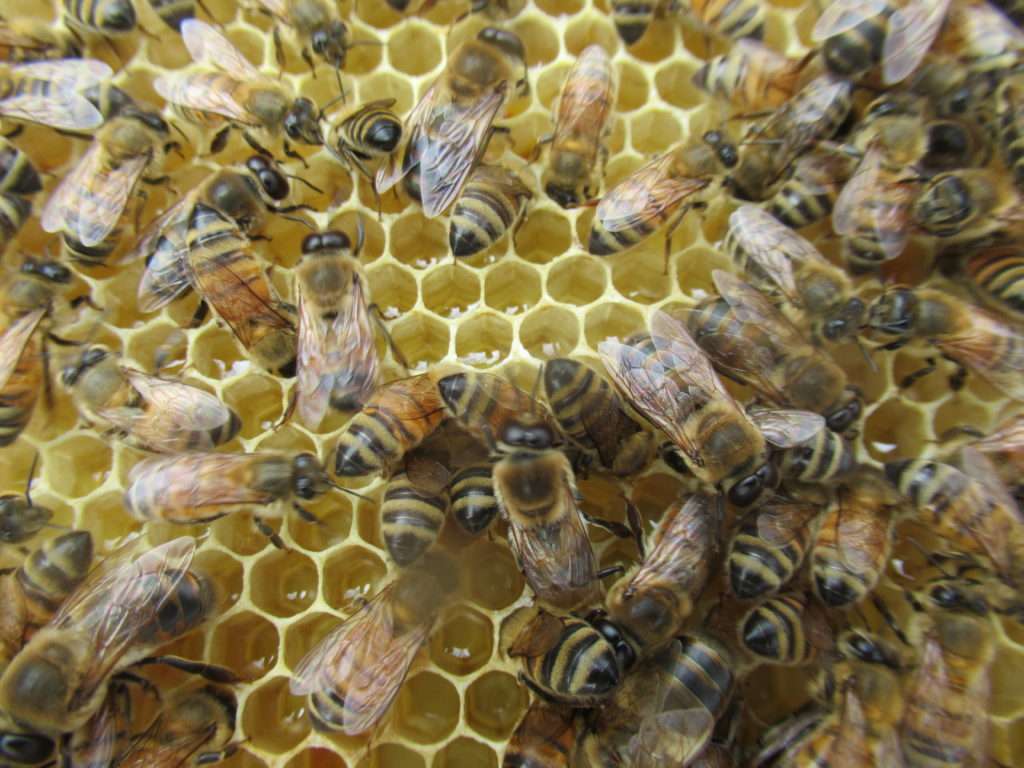
FAQ’s:
What is Integrated Pest Management (IPM) for beekeepers?
- Integrated Pest Management (IPM) is a holistic approach to pest control that prioritizes natural and non-chemical methods to manage pests and diseases in beekeeping. It emphasizes the use of multiple strategies and reducing reliance on chemical pesticides.
How does IPM benefit beekeepers?
- IPM offers numerous benefits for beekeepers, including reduced reliance on chemical pesticides, decreased resistance in pest populations, improved overall hive health, and minimized harm to bees and the environment.
What are some common pests that beekeepers face?
- Some common pests that beekeepers face include Varroa mites, wax moths, and small hive beetles. These pests can damage hives, weaken bees, and decrease honey production if left untreated.
How does IPM help beekeepers manage pests like Varroa mites?
- IPM helps beekeepers manage pests like Varroa mites by providing them with sustainable pest control methods, such as using screened bottom boards, drone brood removal, and organic treatments like thymol and formic acid.
Is IPM compatible with organic beekeeping practices?
- Yes, IPM is compatible with organic beekeeping practices because it focuses on using natural and sustainable pest control methods that are safe for bees and the environment. In fact, many organic beekeepers rely on IPM strategies to manage pests without using synthetic chemicals.
What are some sustainable pest control practices for beekeepers?
- Sustainable pest control practices for beekeepers include using cultural, mechanical, biological, and targeted chemical control methods, reducing reliance on chemical pesticides, embracing organic and natural pest control methods, integrating IPM strategies into beekeeping practices, and prioritizing long-term resilience in bee colonies.
What are some of the long-term benefits of using IPM in beekeeping?
- Some of the long-term benefits of using IPM in beekeeping include healthier bees, increased honey production, reduced environmental impact, and improved overall sustainability of beekeeping operations. By adopting IPM practices, beekeepers can create a more resilient and thriving apiary that is better equipped to withstand pest pressures and other challenges.
